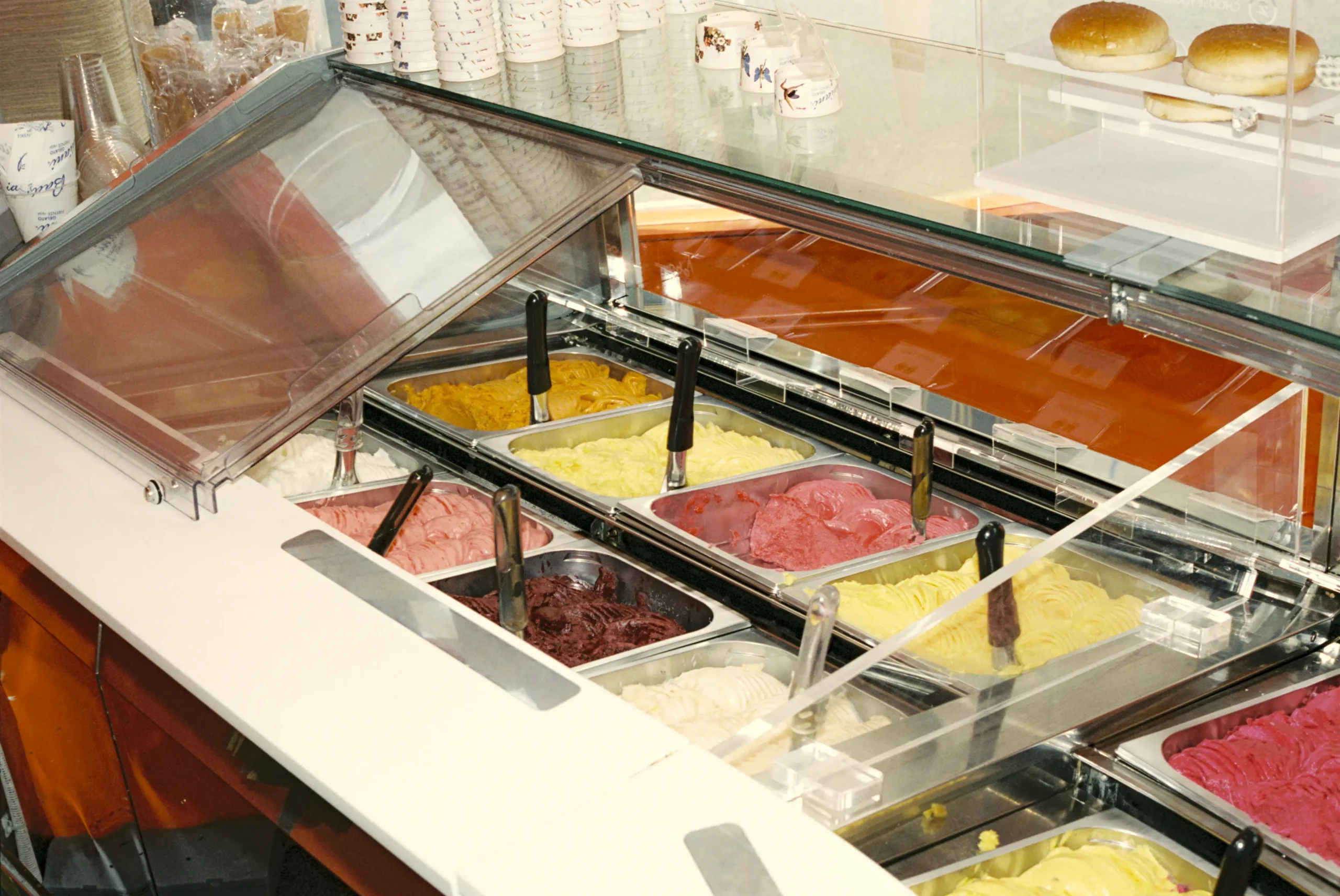In this #snack, we want to explain the reasoning behind the new Calorie Labelling Regulation in the UK and look into the industry’s overall reaction to it and what you need to do to get your restaurant up to speed.
The UK hospitality sector was shaken up last week by the introduction of new legislation around calorie labelling.
But what exactly does it mean for your restaurant?
The new Calorie Labelling Regulation is aimed at tackling a growing obesity problem in the UK. It came into effect on April 6th, 2022.
It’s primarily aimed at restaurants and takeaways in England that have 250+ employees and serve food for immediate consumption.
Overall, the reaction from the hospitality industry has been mixed.
But no matter what your opinion on it is, your restaurant needs to be calorie label compliant or risk the penalties that may occur.
Let’s take a closer look at why it was introduced.
Why is calorie labelling in restaurants being introduced?
According to reporting in The Guardian, obesity in the UK is on the rise. Over 63% of adults in England are obese. Alarmingly, 40% of children are obese or overweight when they leave primary school. This all together costs the NHS over £6.1billion per year.
COVID-19 has shone a spotlight on this due to the increased risk of death from the disease if you’re overweight.
Public Health Minister Maggie Throup said the regulation gives consumers similar calorie information to what they would get in supermarkets. The objective is that the public make healthier and better informed choices when eating out.
How is the hospitality industry reacting to calorie labelling?
Reaction to the Calorie Labelling Regulation varies across the industry. Some see it as a step backwards at the wrong time. Others feel it’s a positive change that will be beneficial in the long term.
An inconvenience at the wrong time
UK Hospitality, one of the largest hospitality trade bodies in the UK, has voiced concerns about the introduction of calorie labelling since 2018.
Their main opposition then was negative impact on restaurants’ already razor-thin margins. Since then, the COVID-19 pandemic has upturned the industry completely. The fear now is that it could derail the road to recovery completely.
In a recent press release, the trade body makes it clear that while they support the government’s efforts to tackle obesity, they believe the new regulations will put an unnecessary expense on struggling operators.
The biggest cost factors include redesigning menus, the analysis of ingredients for an accurate calorie count and the training of staff.
A step in the right direction
Some see the introduction of calorie labelling as a positive step. Many have pointed to the fact that bigger brands such as McDonald’s, Leon and Starbucks have introduced calorie labelling in the last few years.
Even when it comes to smaller operators, there’s evidence that calorie labelling can work. Nick Popovici, CEO of Vita Mojo, has pointed to the example of the digital-first, cashless QSRs he opened in the UK.
He explained that there was zero reduction in sales of the highest calorie indulgent meals. In fact, they nearly sold just as well as the lowest calorie meals.
He says that consumers want to be more informed and giving them that information can only be a positive step.
Displaying calorie information
There are a couple of different pieces of information you will have to display to be in line with the new regulation.
Failure to do so can result in an “improvement notice” to give a restaurant two weeks to change things. After that, if things still aren’t up to scratch, there’s potential for a fine of £2,500 or jail time.
Here are three key areas you need to display information and the type of information you need to display.
Calorie information at the point of choice
First up, display calorie information at the point of choice. The point of choice is anywhere you display a meal item.
So this could be a physical menu, an online menu, a third party delivery platform or a sign beside the item if it’s on display.
Clearly showcase the calorie information in the same font and colour as the description and price information.
Calorie per day information
As well as displaying the calorie information, the regulations require restaurants to display how many calories a typical adult should consume during the day.
On every page of an online or physical menu, display the term “adults need around 2000kcal per day” in an area that’s clearly visible.
Portion size information
Going beyond calories, another aspect of the regulation involves portion sizes.
This will mainly apply to menu items that are for sharing – for example, things like chicken wings, nachos etc.
When displaying this information you must show the calorie amount of the whole meal and how many people it will serve.
Preparing your restaurant
While the idea of displaying calorie information may seem like a lot of extra work on top of everything else going on, restaurants need to do it.
Here are a couple of important areas you need to cover to be compliant.
Calculating the calories of each meal
One of the biggest talking points around calorie labelling is how a restaurant calculates the calories in each meal.
There are three main ways to calculate the calories in each meal:
- Get a manufacturer’s analysis of the food.
- Ask your suppliers for the calorie information on each ingredient and calculate each meal yourself – the regulations allow for a 20% error margin.
- Use a government-approved database of accurate calorie information to calculate meals. The standard database in the UK is McCance and Widdowson’s dataset.
The second option is the easiest and least expensive option for restaurant operators. The third option is would work well if you could integrate the inventory section of your software platform with the database to give accurate and up to date calorie information
Training your team
As with anything in your business, you need your team on board to help execute it successfully across the business.
Dedicate time for every member of your team to get up to speed with Calorie Labelling Regulations and make sure they understand fully what they mean. This will be especially important for customer-facing staff answering questions from the public.
Here are two areas you should cover when training your team:
- Appoint a nutrition champion to manage all aspects of calorie labelling in your business to ensure you are compliant at all times. The person is the source of knowledge for all things calorie labelling.
- Don’t just do one training session or training week. After initial training, schedule regular time to update staff on the regulations – this will especially be useful as new staff will likely join in between training sessions.
Designing your menu to enhance the customer experience
Because you’re adding extra information to your menu, you will need to redesign the way your menu looks.
As we’ve mentioned previously, the font and size have to be the same as the price and the meal description. However, it’s important to think about where you place the calorie information in relation to the customer experience.
For example, if you’re a health food restaurant, you may want to give calorie information top billing when displaying each meal. Or if you serve more indulgent meals, maybe the calorie information is off the to the side or near the bottom.
In any case, it’s important to listen to your customers and gather feedback to see how important calorie information is when they make choices. Then use this feedback to make the menu experience better for your customers.
Wrapping up
Look, calorie labelling is here to stay.
At a time when businesses are only starting to recover from various lockdowns over the past year, many in hospitality view it as an unnecessary burden that could potentially damage some sections of the industry long term.
However, the reality is that the law is here and if your restaurant qualifies, make the changes to be compliant.
And, the likelihood is that more regulations similar to this will eventually happen so it’s better to prepare your business now so you can roll out changes easily across the business

